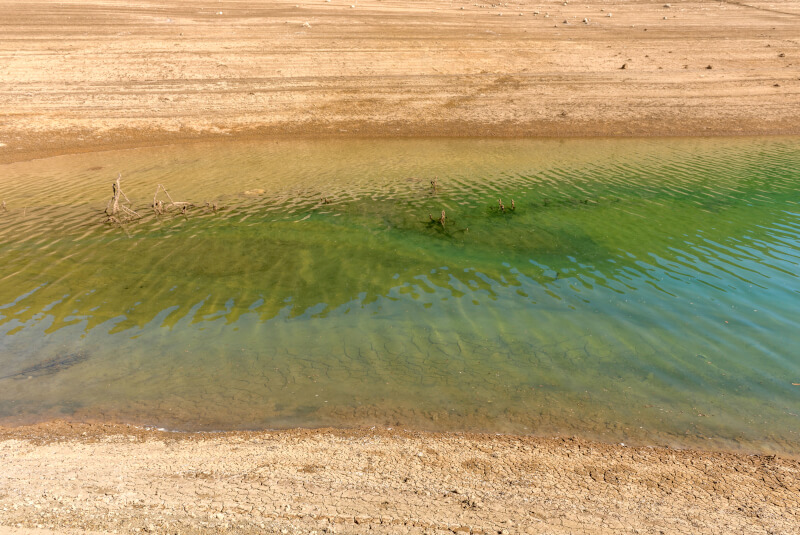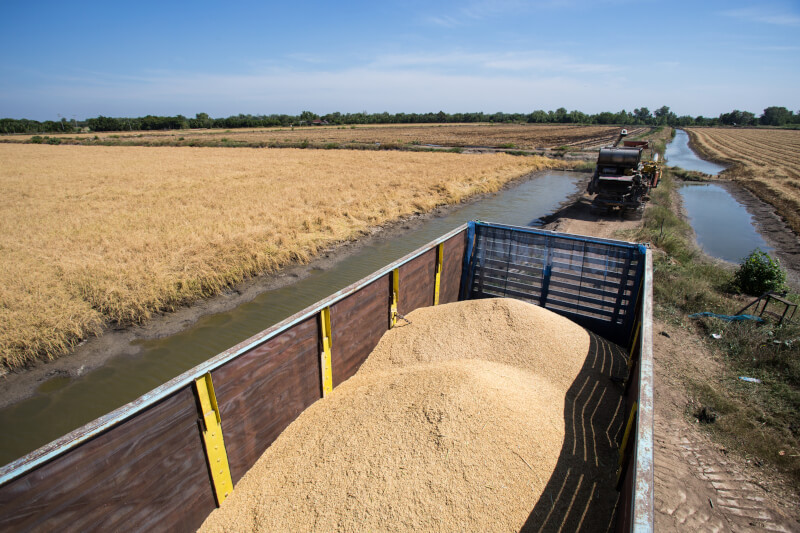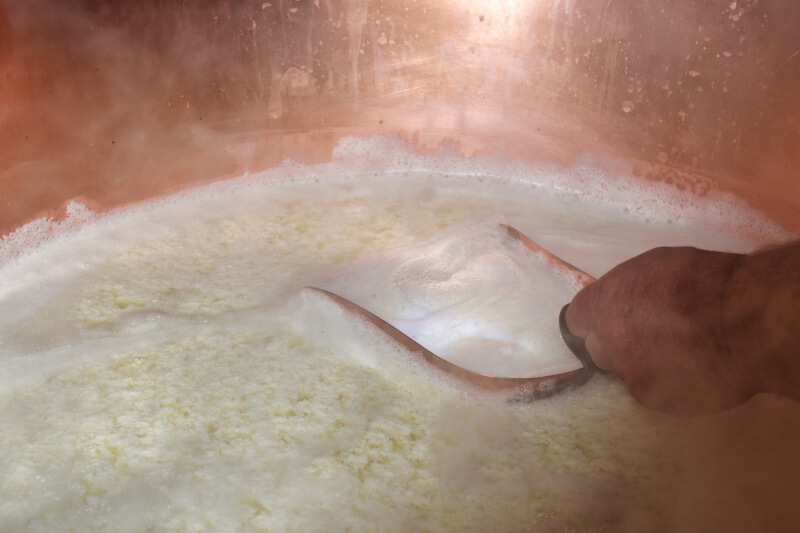Whisky, a drink cherished by many, is deeply influenced by the environment in which it is produced. Distilleries across Europe and the US, with their varying climates, have always had to contend with seasonal fluctuations. However, the sweltering heat of summer introduces a unique set of challenges and considerations.
Water Availability

Water, often termed the ‘lifeblood’ of whisky, plays a pivotal role from mashing to dilution before bottling. In hotter months:
- Many distilleries, especially those depending on natural water sources, face shortages due to increased evaporation and decreased rainfall.
- Reduced water availability can lead to concentrated mineral content, potentially altering the flavor profile of the whisky.
“We noticed a significant drop in our water table during last summer’s heatwave. It forced us to adjust our production schedule,” shares Marcus O’Reilly, a distiller from a renowned Kentucky distillery.
Barley

Barley, the primary grain used in many whiskies, is highly sensitive to temperature:
- Hotter conditions can accelerate barley ripening but with a trade-off in reduced grain size and starch content.
- Excessively dry conditions might cause barley to prematurely abort kernels, affecting yields.
Rebecca Thornton, a European agronomist, notes, “The relationship between barley and temperature isn’t linear. While moderate heat can be beneficial, extreme conditions stress the crops, compromising quality and quantity.”
Malting

The malting process, where barley is soaked, germinated, and then dried, is sensitive to external temperatures:
- Summer’s warmth can speed up germination. However, this may result in uneven malt if not carefully monitored.
- Elevated temperatures can also hinder the even drying of malted barley in the kiln, potentially imparting unwanted toasted flavors.
Mashing & Fermentation

The transformation of starches into fermentable sugars and then into alcohol is a delicate process:
- Warmer water during mashing might extract unwanted grain components, like tannins, affecting the final taste.
- Yeast, used in fermentation, is temperature-sensitive. Hotter conditions can make yeast hyperactive, leading to faster fermentations but risking the production of unwanted byproducts.
Liam Henderson from a renowned Scottish distillery elaborates, “Our fermentation tanks needed constant monitoring last summer. The yeast was in overdrive! We had to tweak our process to ensure the signature flavors remained consistent.”
Distilling
The art of distillation is about separating the desired alcohol from the unwanted:
- Increased ambient temperatures can affect the condensation in the distillation process.
- A warmer environment might cause the spirit to be collected at a slightly higher temperature, potentially influencing the compounds that are captured.
Whisky Production in the World’s Warmest Climates
The balmy heat of summer is no stranger to various regions of the world, with countries like India, Taiwan, Spain, and even parts of the USA experiencing intensifying heat waves. The warmth of these climates poses unique challenges for whisky production, but distillers have found innovative ways to dance with the sun’s fervor.
India: Water Woes and Time Travel India, especially its southern regions, faces water scarcity. How do distillers cope, given water’s crucial role in whisky production? Rajan Mehta, Chief Distiller at Bangalore’s Spirit House, shares, “We’ve turned to rainwater harvesting to ensure consistent water supply. Interestingly, the mineral-rich rainwater has added a unique touch to our whiskies.”
Barley poses another challenge. In India, the grain matures much faster due to the heat. However, this accelerated maturation extends to the whisky aging process too. Mehta continues, “A whisky aged for three years in India might taste like a Scotch aged for twelve! This rapid aging is a double-edged sword – it’s economical but needs precise monitoring to maintain flavor consistency.”
Taiwan: Fans, Tunnels, and Tradition In Taiwan, summers are hot and humid as most of us are aware of I’m sure. Whisky production here often leans on innovative engineering solutions. Chen Liang, Master Distiller at a renowned Taiwanese distillery, elaborates, “Our fermentation tanks are equipped with cooling systems. We’ve also constructed underground tunnels to store our casks, maintaining a consistent temperature for maturation.”
Certain distillers incorporate traditional methods, such as using locally-grown strains of barley and employing unique malting techniques that factor in the local humidity and temperatures.
Spain: Ancient Wisdom and Modern Science Spain, with its Mediterranean climate, witnesses hot and dry summers. Water, once again, is a challenge. Alejandro Garcia, a third-generation distiller from southern Spain, reveals their approach: “We use underground reservoirs, an age-old method, to store water. The consistent cool temperature underground aids the mashing process, reducing unwanted tannin extraction.” For fermentation, distilleries often rely on a combination of temperature-controlled tanks and selecting yeast strains resilient to higher temperatures.
USA: Kentucky’s Cooling Game Kentucky, the heartland of Bourbon, feels the heat too. Jake Mitchell from Blue Ridge Distillery notes, “Summers have pushed us to rethink our strategies. Our distillery now uses a closed-loop cooling system during distillation. This ensures consistent condensation irrespective of external temperatures.” The approach in the USA leans heavily on technology and innovation to maintain the desired whisky profiles.
The Overall Impact
The intricate interplay between hot summers and whisky production is profound. From the barley fields to the final distillation, every step is influenced:
- Distilleries might see altered flavor profiles, with summer batches having distinct characteristics.
- Production volumes could be impacted due to reduced water and barley availability.
- The accelerated processes, if not managed carefully, might lead to inconsistencies in product quality. Francine Lefebvre, a master distiller from France, sums it up, “Hot summers challenge us, no doubt. But they push us to innovate, adapt, and ensure that every bottle leaving our distillery is of the highest caliber, irrespective of the external conditions.”
Whisky’s Response to Climate Challenge
As the heat rises and the challenges presented by warmer climates become increasingly intricate, whisky production finds itself at a fascinating crossroads. Distillers across the globe, from the sultry stretches of India to the sun-kissed plains of Kentucky, are demonstrating that adversity often breeds innovation. Their meticulous efforts to adapt and overcome the scorching heat show resilience with a profound respect for the craft and the golden liquid it produces.
Equally inspiring is the global whisky community’s collaborative spirit. As shared knowledge and experiences meld, the resultant whisky is a reflection of regional grains, water, and processes, creating a collective determination and ingenuity. For those of us sipping these nuanced creations, it’s a gentle reminder that every drop has faced and conquered the sun’s formidable challenge.
Danielle’s Unique Bio:
Introducing Danielle, a modern-day whiskey sage, whose tales of amber nectar grace the digital realms of DailyLive, DriveOut, FLP, and FurKidz.
